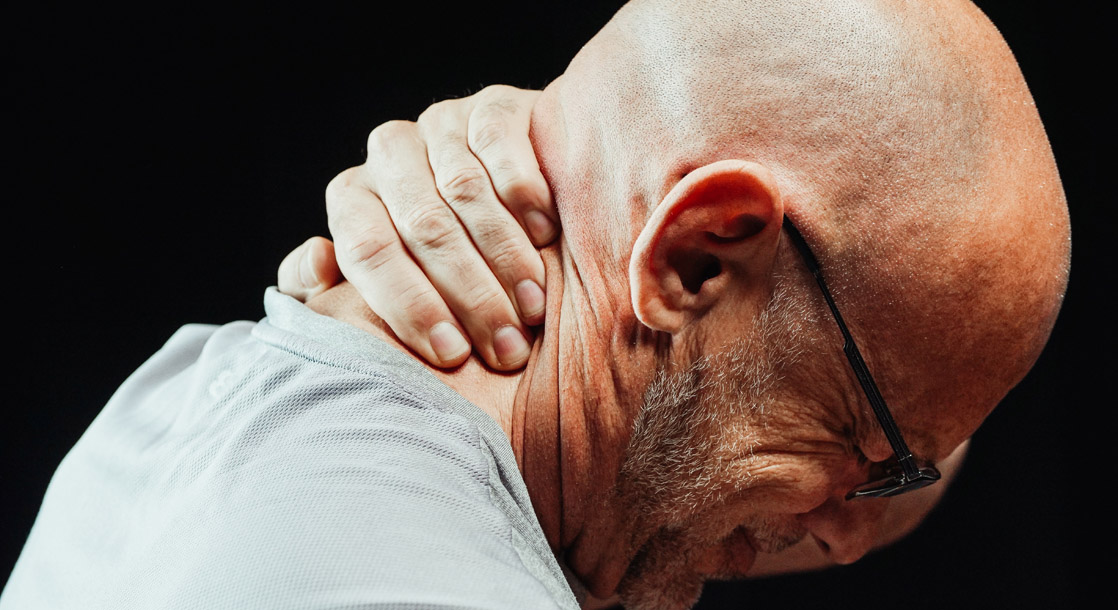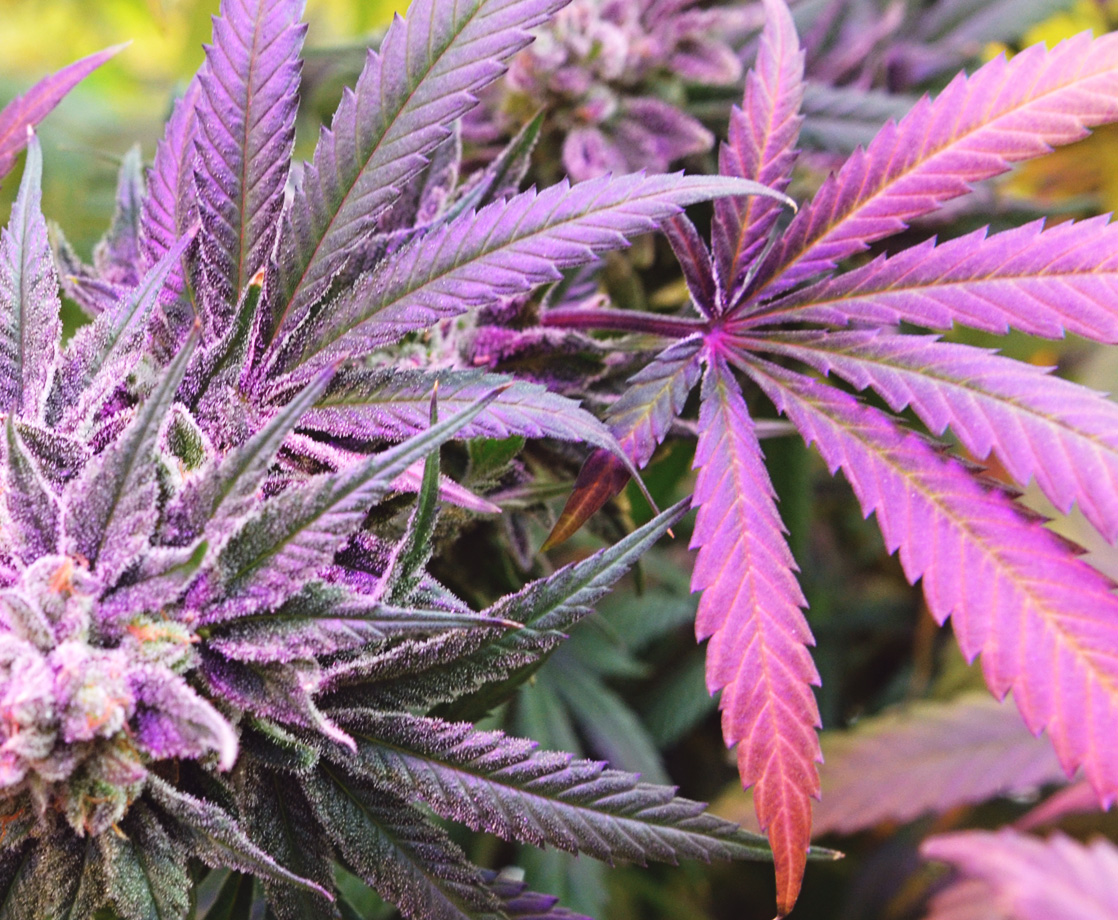Microdosing and macrodosing psilocybin, LSD, or other psychedelics may be able to help reduce chronic pain symptoms, according to a new study from the British Journal of Pain.
In 2020, researchers from Maastricht University in the Netherlands published one of the first studies on psychedelics and pain relief to be conducted since the 1960s. This novel study found that microdoses of LSD reduced acute pain symptoms as effectively as oxycodone and other opioid painkillers. This year, the same institution published a new study reporting that these positive results are also experienced by psychedelics users in the real world.
“Although several studies and reports have shown the potential analgesic use of serotonergic psychedelics in cancer pain, phantom limb pain and cluster headache, evidence supporting their use for chronic pain is still limited,” the study authors explained. “The past years have seen a considerable renewal of interest toward the therapeutic use of these compounds for mood disorders, resulting in a marked increase in the number of people turning to psychedelics in an attempt to self-medicate a health condition or improve their wellbeing.”
Between August 2020 and July 2021, the study authors recruited 250 chronic pain sufferers who had used psychedelics at least once. Each subject was asked to report which psychedelics they had used, how often they used them, and whether they had taken a microdose or a fully hallucinogenic macrodose. Subjects were also asked to specify the nature of their chronic pain condition and report whether or not their symptoms improved or worsened following their psychedelics use.
The vast majority of subjects reported suffering from multiple chronic pain conditions at once, including cluster headaches, arthritis, fibromyalgia, irritable bowel syndrome, and menstrual cramps. Musculoskeletal conditions were most common, with 58% of respondents reporting back pain and 36% reporting overall muscle pain. Around 29% of subjects reported joint, tendon, or ligament pain, and around 26% said they suffered from migraines or sciatica.
More than two-thirds of all subjects said that their pain symptoms decreased after they used psychedelics. Out of 163 respondents who took macrodoses, over 72% linked their psychedelics use to a noticeable reduction in pain. And out of 187 people who microdosed, nearly 68% reported a reduction in their symptoms. However, 14% of subjects said their overall pain levels increased after taking a macrodose, and 5% said their symptoms worsened after microdosing.
Since the study relies entirely on self-reports, it’s hard to rule out the possibility that the placebo effect may be responsible for these positive results. Researchers controlled for this issue by specifically asking subjects whether or not they believed that psychedelics would help control their pain. About half of the subjects who microdosed said they expected some degree of pain relief, but only a third of the people who took larger doses expected that psychedelics would reduce their symptoms.
Subjects who microdosed with the specific intention of pain management were more likely to report positive results than those who didn’t. But in people who took larger doses, prior expectations of pain relief had no significant impact on actual pain reduction. These findings suggest that the placebo effect might play a role in the positive effects of microdosing – but not macrodosing. The study also reports that psilocybin and LSD both provided equal amounts of pain relief, regardless of dosage.
Researchers also asked subjects to rate the effectiveness of other common pain treatments, including over-the-counter (OTC) analgesics, prescription opioids, and cannabis. The study authors found that macrodosing provided significantly better pain relief than any of these other treatments. Opioids provided stronger pain relief than microdosing, but small psychedelics doses were found to be more effective than OTC pills or weed.
“Hallucinogenic doses, while less often used for analgesic purposes than microdoses, were reported to induce a higher level of pain relief than conventional pain medications (including opioids and cannabis), with perceived benefits lasting for more than a day,” the study concluded. “This self-reported pain relief appeared unrelated to whether or not the intended use was pain management, prior experience with psychedelics or level of advocacy.”
“Future work should look more closely at the analgesic effect experienced in the days following a psychedelic macrodose, and its relation to other factors, whether physiological, such as neuroplasticity and inflammatory markers or psychological, such as resilience, acceptance and coping strategies,” the authors suggested.
Cover image via











